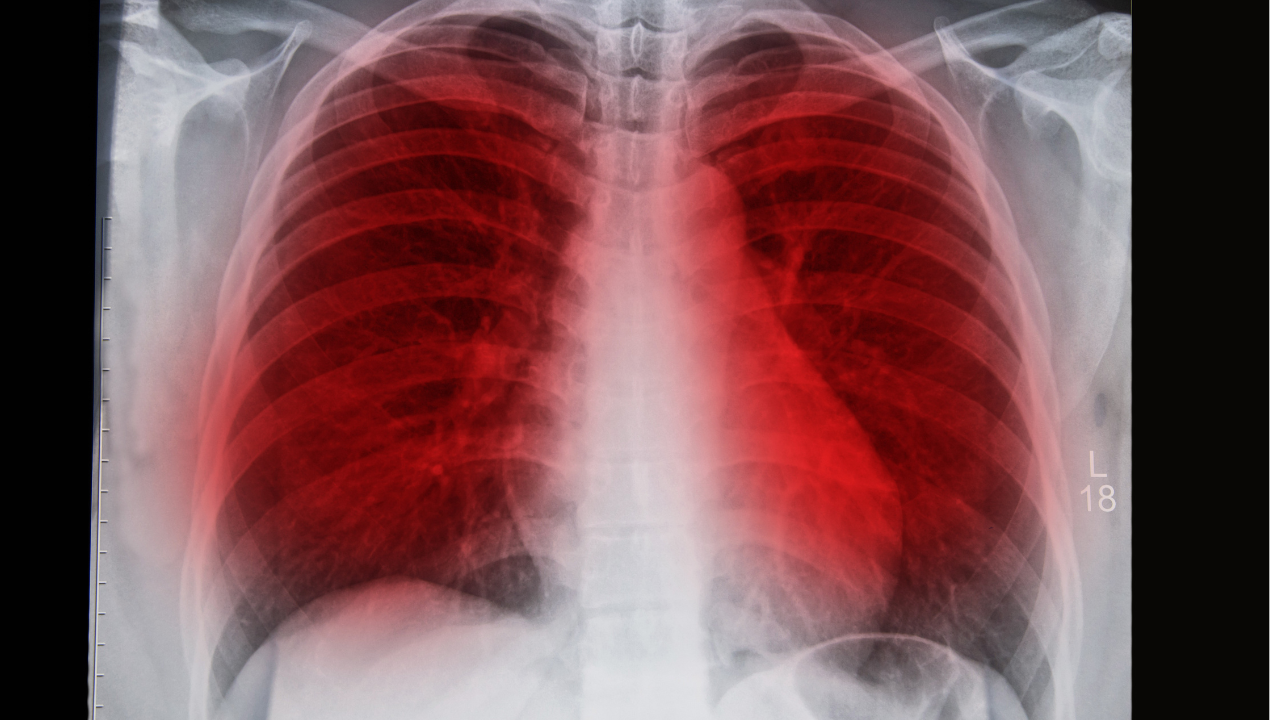2 min read
Take Care of Yourself to Better Care for Others
By: Indira Maurer, DNP, MSN, FNP-C We can all agree that assessing our patients’ stress level is important. Providing resources and...

LUNG CANCER SCREENING: A MAJOR ROLE IN PREVENTATIVE CARE
By: Jolene Cannaday DNP, AGPCNP-C
On August 1st we observed World Lung Cancer Day, a day of observance that started in 2012 to help raise awareness and promote overall lung health. Many NPs work in primary care where preventative screening plays a major role. The importance of lung cancer screening is part of this preventative mindset. The United States Preventative Services Taskforce (USPSTF) currently has a Grade B recommendation for lung cancer screening via low-dose computed tomography (LDCT) for 50 – 80-year-old adults who have a 20 pack-year smoking history, currently smoke, or have quit smoking within the past 15 years1. The USPSTF recommends that screening be discontinued if a patient has not smoked for 15 years, or if they have health issues that greatly limit life expectancy or limit their ability to have lifesaving surgery or treatments1. When screening a patient’s smoking history remember that one pack-year is the equivalent of smoking an average of 1 pack, 20 cigarettes, every day for one year. On average when calculating this, I ask patients to think about the greatest number of cigarettes they have smoked daily for the longest period of time, because at times a patient’s smoking history may be varied.
Lung cancer was the second most common cancer and the leading cause of cancer-related death among men and women in the United States in 20202. Screening is an important preventative measure in lung cancer, as many patients with lung cancer presented with metastatic or later disease2. Lung cancer has 2 main categories of classification. The first classification is non-small cell lung cancer (NSCLC) which includes adenocarcinoma, squamous cell, and large cell cancers. The second classification is small cell lung cancer which is considered the more aggressive of the two major categories and has lower survival rates. Approximately 80% to 85% of lung cancers are in the NSCLC category3. Risk factors for lung cancer include smoking, which accounts for 90% of all lung cancers, and radiation therapy, environmental exposures, family history, race/ethnicity, and other lung diseases4.
Therefore, lung cancer screening is a pertinent discussion to have with your higher risk patients. Ensure that each patient is screened for smoking history, which will help determine which patients to further discuss this key element of preventative care. During the month of August promote lung cancer awareness and discuss lung cancer screening with other colleagues in your practice. Create an atmosphere of prevention and guideline-based care.
References
2 min read
By: Indira Maurer, DNP, MSN, FNP-C We can all agree that assessing our patients’ stress level is important. Providing resources and...
3 min read
Colon Cancer: Is It Time for You to Get Screened?Amy Bruno, PhD-ANP-BC March is Colorectal cancer awareness month. The National...
Inflammatory Breast Cancer By: Mona Williams-Gregory, PhD, DNP, APRN